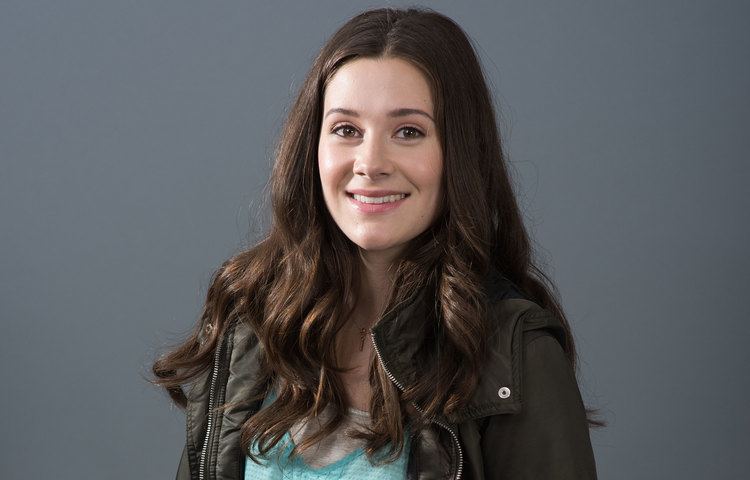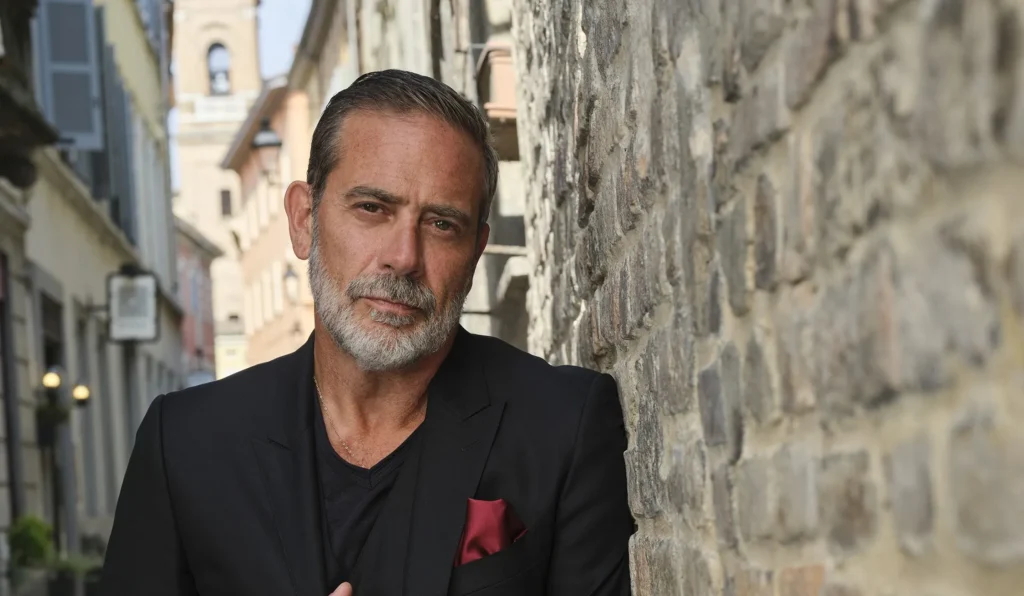Forget everything you think you know about demonic possession. The Catholic rites of The Exorcist have dominated the horror landscape for decades, but what happens when an ancient, malevolent force from a different theological tradition claws its way into modern suburbia? The Possession movie, produced by horror maestro Sam Raimi, doesn’t just want to scare you; it wants to convince you that its nightmare is ripped from a real-life paranormal case file.
This isn’t just another supernatural possession horror film. This is a deep, unsettling dive into Jewish folklore, a dybbuk box story that allegedly has its roots in a documented, terrifying artifact. But is it truly one of the great horror movies based on true events, or is it just clever marketing preying on our deepest fears?
We’re not here to give you a passive summary. We’re here to tear this film apart, analyze its claims, and show you why The Possession movie remains a brutally effective and culturally significant entry into the genre. Buckle up.
What Is The Possession Movie REALLY About? A Family Fractured by a Supernatural Entity
On the surface, The Possession follows a classic horror template. Clyde (Jeffrey Dean Morgan) and Stephanie (Kyra Sedgwick) are a divorced couple navigating a fragile co-parenting relationship. Their youngest daughter, Emily (Natasha Calis), is a sweet, artistic child caught in the middle. The family dynamic is already a pressure cooker—then, they add a demonic spirit.
During a weekend yard sale, Emily becomes fascinated with a strange, ornately carved wooden box. This isn’t just any antique; it’s a dybbuk box, a container from Jewish folklore designed to trap a malicious, restless soul—a dybbuk. Against the warnings of a frantic elderly woman, Clyde lets Emily keep it.
What follows is a masterclass in slow-burn dread. The film meticulously charts Emily’s descent. It starts subtly: whispers, a sudden fluency in Hebrew, a disturbing attachment to the box. But it quickly escalates into self-destructive violence, physical contortions, and a terrifying connection to a swarm of moths—a chilling symbol of decay and death in this supernatural horror inspired by folklore. The family’s disbelief and modern medical explanations crumble in the face of an ancient evil, forcing Clyde to seek help from the one community that might understand: a sect of Hasidic Jews.
Why The “True Story” Hook Is the Film’s Most Potent Weapon
Let’s cut to the chase: the marketing for The Possession leaned heavily on its “based on a true story” tagline. So, what’s the real deal?
The film is directly inspired by the real-life dybbuk box story chronicled by Kevin Mannis, a writer and furniture refinisher who purchased the box at a estate sale in 2001. Mannis and subsequent owners reported a


But here’s the raw analysis: The film takes the concept of the dybbuk box and builds a narrative around it. The specific events of the Brenee family are fictionalized. However, the core artifact, the theological lore behind it, and the pervasive sense of a cursed object are pulled directly from these documented accounts. This grounding in a plausible, reported phenomenon is what gives The Possession its unnerving edge. It’s not about a fictional demon; it’s about a dybbuk, a concept with centuries of cultural weight.
How The Possession Movie Weaponizes Jewish Folklore for Maximum Terror
This is where the film truly separates itself from the pack. While most possession films default to Catholic iconography, The Possession immerses us in the terrifying world of demonic possession in Jewish culture.
The Dybbuk Explained: A dybbuk isn’t a demon from hell in the Christian sense. It’s the disembodied soul of a deceased person, often one who committed grave sins, that attaches itself to a living host to escape divine judgment. This nuanced origin makes the entity feel more tragic, chaotic, and personally vengeful.
The Exorcism Ritual: The film’s climax features a Hasidic Jewish exorcism, a stark contrast to the Vatican-sanctioned rites we’re used to. Led by the rabbi Tzadok (played with gritty authenticity by musician Matisyahu), the ritual is less about holy water and crucifixes and more about communal prayer, binding the dybbuk through sacred texts, and direct, forceful command in Hebrew. It’s a raw, visceral sequence that feels ancient and powerfully authentic.
By tapping into this rich, underexplored Jewish folklore, the film doesn’t just feel fresh; it feels educationally terrifying. It introduces a whole new theological battleground for audiences.
How to Build Fear: Deconstructing the Trailer’s Chilling Promise
Go watch that trailer. Right now. We’ll wait.
Back? Good. Notice what it does right. The trailer for The Possession is a masterclass in suspenseful marketing. It doesn’t rely on cheap jump scares. Instead, it sells the dread.
The Box is the Star: The trailer focuses intensely on the dybbuk box itself—its intricate carvings, the mysterious Hebrew script, and the hidden lock. It makes the object a character.
The Sound of Fear: The audio design is critical. The scratching from inside the box, the unsettling silence, and the sudden, sharp noises are highlighted to put your nerves on edge.
Physical Transformation: It gives us just enough of Natasha Calis’s physical performance—the blackening eyes, the violent outbursts—without spoiling the most shocking moments. It promises a brutal physicality, a hallmark of outstanding possession films.
The trailer successfully positions the movie not just as a spooky flick but as a serious supernatural horror film with a tangible, artifact-based threat.
What Makes the Performances So Devastatingly Good? A Cast Operating at Peak Horror
The possession movie relies heavily on its cast, and The Possession delivers powerful performances that anchor the supernatural chaos in heartbreaking reality.
Natasha Calis as Emily

A Star-Making Turn. Forget the comparisons to Linda Blair; Calis carves her path into the horror pantheon. Her performance is a slow, chilling unraveling. She masterfully portrays the sweet, vulnerable girl and the vicious, ancient entity vying for control of one body. The physicality is astounding—the contortions, the violent fits—but it’s the subtle shifts in her voice and the cold emptiness in her eyes that will haunt you long after the credits roll.
Jeffrey Dean Morgan as Clyde

The Everyman’s Descent. Morgan embodies the desperate, grieving father perfectly. His Clyde is a man of science and modern medicine who is systematically broken down by forces he cannot comprehend. You feel his frustration, his terror, and his unwavering love for his daughter. He is the audience’s anchor, and his performance makes the supernatural stakes feel painfully personal.
Kyra Sedgwick as Stephanie

The Voice of Reason Shattered. Sedgwick provides the skeptical counterpoint, but she never plays the character as foolish. Her journey from rational concern to abject maternal terror is compelling and adds a crucial layer of emotional stakes to the family horror movie with realistic characters.
Matisyahu as Tzadok

Authentic Gravitas. Casting the Hasidic reggae superstar was a stroke of genius. He brings an undeniable, grounded authority to the role of the exorcist. He isn’t a mystical wizard; he’s a devout man doing a dangerous, holy job. His presence lends the film’s third act a crucial layer of cultural and spiritual authenticity.
Where The Possession Sits in the Horror Pantheon: A Brutal Comparison
Let’s address the dybbuk in the room: the comparison to The Exorcist is inevitable. Both films feature a young girl possessed by a non-human entity, requiring a religious-based exorcism.
So, how does it stack up?
- The Exorcist is a slow-burn theological nightmare, a film about the crisis of faith in a modern world. Its horror is existential.
- The Possession Movie is a more visceral, streamlined thriller. It’s a family drama first that is hijacked by a supernatural disaster. Its horror is intimate and tactile.
The Possession doesn’t try to dethrone the king; it carves out its own territory. It benefits from its unique cultural perspective and a more relentless pacing. It’s the accessible, emotionally-driven counterpart to The Exorcist’s dense, philosophical terror. It proves that demonic possession folklore is a versatile and endlessly frightening genre when approached with fresh eyes.
Behind the Scenes: How Director Ole Bornedal Crafted the Nightmare
Danish director Ole Bornedal brought a European sensibility to this American horror story. His approach was less about gore and more about sustained atmosphere and character. He understood that the real horror wasn’t in the monster, but in watching a loving family disintegrate.
A key decision was the design of the dybbuk box itself. The prop was created based on the descriptions from the Los Angeles Times dybbuk box article, incorporating Hebrew psalms traditionally used for protection—a brilliant, ironic touch. Bornedal also worked closely with cultural consultants and Matisyahu to ensure the depiction of the Hasidic Jewish exorcism in movies was respectful and accurate, avoiding caricature and lending the film’s climax its powerful, authentic weight.
The result is a film that feels both slickly produced and grimly authentic, a testament to a director who respected both his audience’s intelligence and their capacity for fear.
Fan Reactions and Critical Reception: Dividing Audiences and Critics
Upon its release, The Possession was a commercial success, proving audiences have a voracious appetite for horror movies based on true events. But the critical reception was, as expected, divided.
Fan Reactions: Viewers were largely chilled to the bone. Online forums and review aggregators are filled with testimonials from people who found the film “unexpectedly scary,” “disturbing,” and “one of the better possession films in years.” Many specifically praised Natasha Calis’s performance and the unique cultural angle. The dybbuk box concept has since spawned countless YouTube “investigations” and paranormal stories, cementing its place in modern horror culture.
Critical Reception: Some mainstream critics dismissed it as a competent but formulaic entry in the genre. However, a growing contingent of horror-savvy critics have reappraised it, highlighting its effective pacing, strong performances, and the refreshing departure from Catholic-centric possession lore. The debate itself is a testament to the film’s impact—it’s not easily forgotten.
The legacy of The Possession Movie is that it successfully introduced mainstream America to the dybbuk, proving that true horror can come from any corner of the world’s spiritual beliefs. It’s a film that continues to possess a dedicated following, one terrified viewer at a time.
